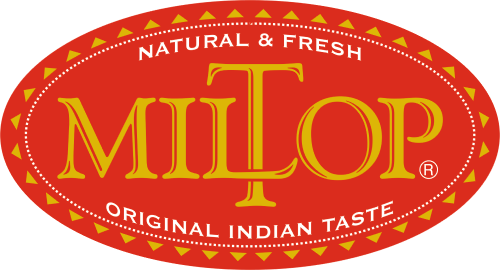Description
A date fruit is the product of a date palm, a tree native to Northern Africa and the Middle East, although it is also cultivated in other parts of the world. The date palm is one of the oldest cultivated plants and is probably native to the area around the Persian Gulf. The single-seeded oval berry fruit, approximately the size of a plum, is golden yellow to brownish red in color and has soft flesh and an inedible stone. Many regional Middle Eastern cuisines incorporate dates as do Mediterranean cuisines like those of Italy and Greece. Dried dates are usually readily available in most markets, and fresh dates can be found in specialty markets in season. The water content of dates is reduced to 20% by natural or artificial drying. The latter process is preceded by immersion in boiling sodium hydroxide solution. Sometimes the stones, which constitute 15% of the fruit, are left in, resulting in dates with an attractive rounded appearance; the dates may on the other hand be stoned, but then have a sunken appearance. Good dates are light brown and shiny, do not stick to one another and are not infested with mites. Old or incorrectly handled goods have a dull appearance and dry floury flesh and lack the distinctive sweet flavor. Dates may become sour as a result of inadequate processing or an excessively long storage period. Sour fruit can only be used as animal feedstuff. Dates contain valuable salts and iron, in an assimilable form, tannin, extractive matter, mucilage, insoluble matter and lime. Dates are an important traditional crop in Turkey, Iraq, Arabia, and North Africa west to Morocco and are mentioned in many places in the Quran. According to a study by Al-Shahib and Marshall, in many ways, “dates may be considered as an almost ideal food, providing a wide range of essential nutrients and potential health benefits.” The sugar content of ripe dates is about 80%; the remainder consists of protein, fiber, and trace elements including boron, cobalt, copper, fluorine, magnesium, manganese, selenium, and zinc.
Dates have a high tannin content and are used medicinally as a detersive (having cleansing power) and astringent in intestinal troubles As an infusion, decoction, syrup, or paste, dates may be administered for sore throat, colds, bronchial catarrh, and taken to relieve fever and number of other complaints] One traditional belief is that it can counteract alcohol intoxication. The seed powder is also used in some traditional medicines. A gum that exudes from the wounded trunk is employed in India for treating diarrhea and genito-urinary ailmentsThe roots are used against toothache. The pollen yields an estrogenic principle, estrone, and has a gonadotropic effect on young rats.
The sweet, soft varieties (“fruit” dates) are exported and are eaten raw, while the starch-rich dried dates constitute a staple food in the countries where they are cultivated. The seeds are roasted and made into date coffee. Dates ripen in four stages, which are known throughout the world by their Arabic names kimri (unripe), khalal (full-size, crunchy), rutab (ripe, soft), tamr (ripe, sun-dried). A 100 gram portion of fresh dates is a source of vitamin C and supplies 230 kcal (960 kJ) of energy. Since dates contain relatively little water, they do not become much more concentrated upon drying, although the vitamin C is lost in the process. In Islamic countries, dates and yogurt or milk are a traditional first meal when the sun sets during Ramadan. Dry or soft dates are eaten out-of-hand, or may be pitted and stuffed with fillings such as almonds, walnuts, candied orange and lemon peel, tahini, marzipan or cream cheese. Pitted dates are also referred to as stoned dates. Dates can also be chopped and used in a range of sweet and savory dishes, from tajines (tagines) in Morocco to puddings, ka’ak (types of Arab cookies) and other dessert items. Dates are also processed into cubes, paste called “‘ajwa”, spread, date syrup or “honey” called “dibs” or “rub” in Libya, powder (date sugar), vinegar or alcohol. Recent innovations include chocolate-covered dates and products such as sparkling date juice, used in some Islamic countries as a non-alcoholic version of champagne, for special occasions and religious times such as Ramadan. In addition to being eaten fresh, the date fruit is dried and eaten whole as a snack or included in an assortment of desserts.
Young date leaves are cooked and eaten as a vegetable, as is the terminal bud or heart, though its removal kills the palm. The finely ground seeds are mixed with flour to make bread in times of scarcity. The flowers of the date palm are also edible. Traditionally the female flowers are the most available for sale and weigh 300–400 grams. The flower buds are used in salad or ground with dried fish to make a condiment for bread. In India and Pakistan, North Africa, Ghana, and Côte d’Ivoire, date palms are tapped for the sweet sap, which is converted into palm sugar (known as Jaggery or gur), molasses or alcoholic beverages. If left for a sufficient period of time (typically hours, depending on the temperature) it easily becomes an alcoholic drink. It is also used to make Jallab.



